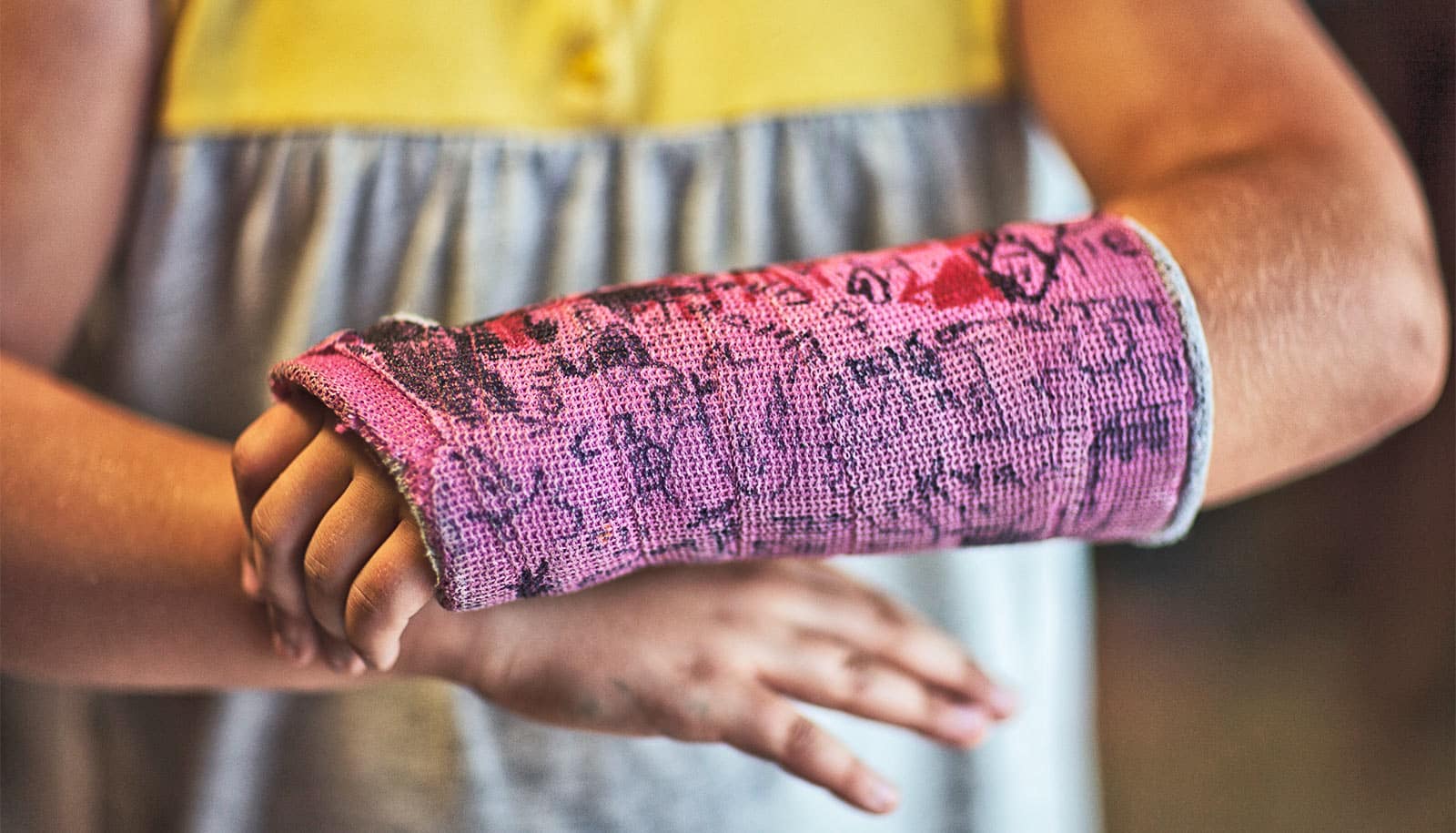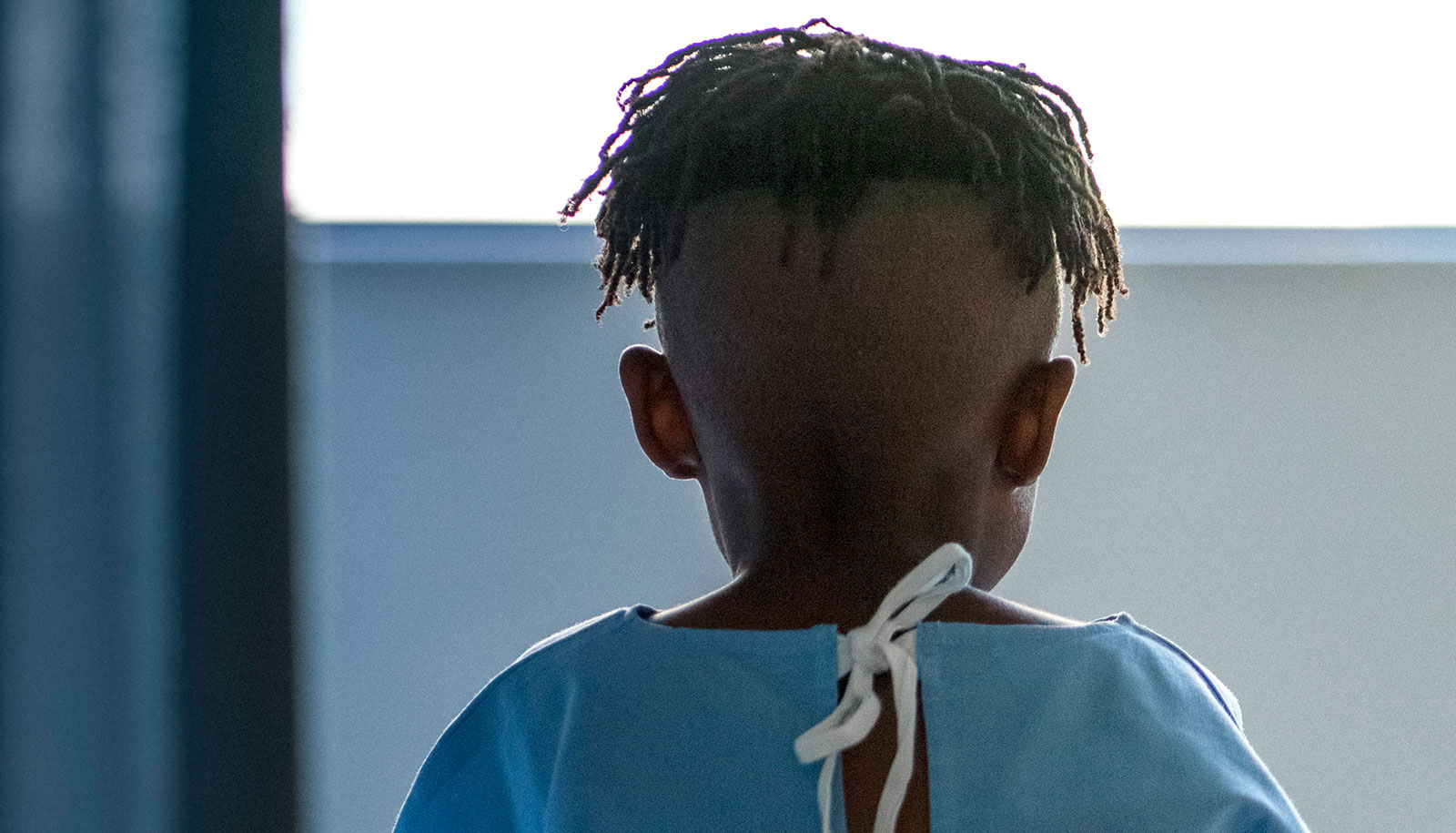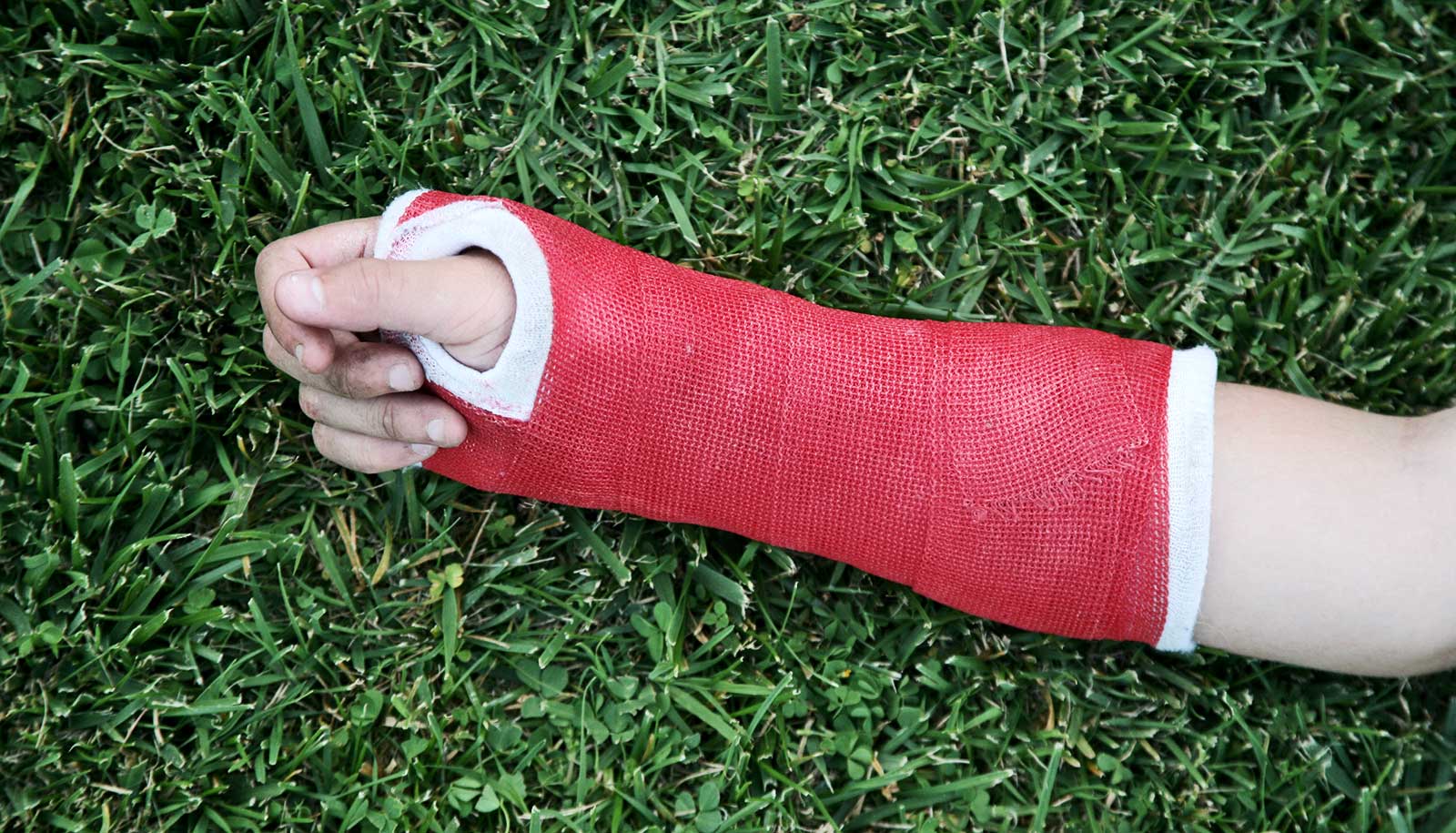By simply talking to parents about preventing injuries, pediatricians can help families keep kids safer, according to a new study.
Unintentional injuries are a leading cause of suffering and mortality in young children, and doctors agree that many of these injury-related deaths are preventable.
To address this, the American Academy of Pediatrics designed The Injury Prevention Program, or TIPP. Launched in 1983, TIPP helps pediatricians implement injury prevention counseling for parents by providing anticipatory guidance based on child development schedules including what new skills children are learning at each age, potential dangers parents should look out for, and what preventative steps they should be taking.
Despite widespread use of the program, until recently, there has been no formal evaluation to investigate whether TIPP effectively prevents injuries.
A new study, published in the journal Pediatrics, shows that the program dramatically reduces injuries in young children. Eliana Perrin, professor of primary care in the pediatrics department in the School of Medicine and in the School of Nursing at Johns Hopkins University, is the study’s lead author.
Perrin, whose research typically focuses on childhood obesity, says this research began by chance, when TIPP was used as the attention control for a study she was involved in on obesity prevention, the Greenlight Intervention Study.
When her site was randomized into the TIPP arm instead of the obesity prevention arm, Perrin says she was determined to “make lemonade out of lemons.”
“We decided to turn this cluster randomized trial of our obesity prevention program on its head and look at how effective the control was,” Perrin says. “Thanks to the Centers for Disease Control and Prevention and the National Institute of Child Health and Human Development partnering to support the study of this injury prevention piece, we were able to do a rigorous job of looking at how effective TIPP is at preventing injuries in young children. And, as it turns out, it was very effective.”
The study involved a cluster-randomized trial at four academic medical centers—two implemented TIPP screening and counseling materials at all well-child checks for ages two to 24 months, and two centers implemented obesity prevention.
A total of 781 parent-infant pairs were enrolled in the study. The majority of parents were Hispanic (51%) or Black (28%), and most were insured by Medicaid (87%). Over a period of four years, parents were asked to report the number of injuries since the previous visit at the recommended well-child checks at two, four, six, nine, 12, 15, 18, and 24 months of age as well as whether the injuries were serious enough to require medical attention. Injuries include cuts, burns, falls, choking, unintentional ingestions, drownings, and motor vehicle crashes.
Unsurprisingly, both the number of injuries and the number of injuries requiring medical attention increased with age, with injuries recorded in only 3% of children at two months of age, and in 40% of children at 24 months of age. By far the most common cause of injury reported was falls, followed by “other” in second place, and burns in third. Choking, motor vehicle crashes, poisonings, and near drownings were much less common.
What was unexpected, however, was the magnitude of the impact TIPP had on reducing reported injuries. Children who were enrolled in sites with the injury prevention program had significantly reduced parent-reported injuries compared to children at the control sites.
The estimated risk of reporting injuries averaged across all ages from four months to 24 months was 30% in the control group and only 14% in the group where TIPP was used. So, the TIPP intervention was associated with a more than 50% reduction in the risk of reporting at least one injury compared to the control group.
“Honestly, we were surprised by the results,” says Perrin. “TIPP is a pretty simple program. There’s not a lot of bells or whistles. It’s just bread-and-butter developmentally guided injury prevention anticipatory guidance for parents.
“It reminds us pediatric providers to say to parents, ‘hey, in the next two months, your baby will be reaching and grabbing things, so you might want to make sure that hot coffee and the table cloth it’s on are out of reach from your baby.’ When we were teaching the residents to use this program, we really thought, this is so rote! So, we were not expecting the effect we saw.”
This study highlights the effectiveness of primary care-based injury prevention approaches, and has important public health implications, as the rate of injury reduction could have a significant effect if TIPP were implemented widely.
“We hope this paper will encourage providers to spend time counseling about injury,” Perrin says. “We also hope more will adopt The Injury Prevention Program into their practice because this anticipatory guidance for parents really helps prevent injuries for young children.”
Looking forward, the researchers aim to investigate the mechanisms by which TIPP leads to a reduction in injuries, as well as to investigate TIPP’s impact on serious injury prevention.
“We hope to next look at whether TIPP prevents serious injuries,” says Perrin. “We also hope to look at whether we can enhance TIPP to be even better and best ways to implement this program into busy practice since providers are so strapped for time.”
Source:



